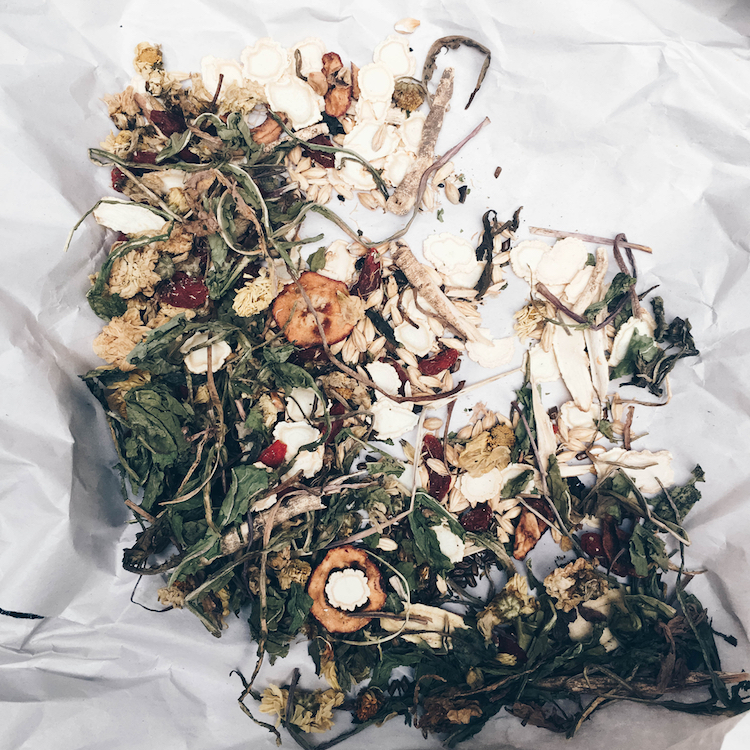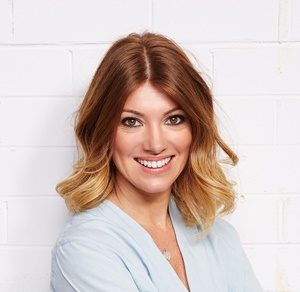I admit, I procrastinated writing this post because trying to figure out the best place to start and answer the question on everybody’s lips isn’t exactly easy to answer. Traditional Chinese Medicine (TCM) is a complex and very ancient art of healing the body using very unique diagnostic and treatment systems. The beauty of it is, the more I’ve studied it, the more I’ve been able to make the correlation between eastern and western medicine. You might feel relieved to learn that they aren’t actually too dissimilar and as we continue to evolve, ancient theories are often being proven as fact. This is good news for those who have little understanding of TCM and even better news for me as a practitioner. Whatever the situation, I feel it is always nice to have some understanding of how things work.
Chinese Medicine is both simple and complex at the same time. It uses very basic notions to diagnose and treat an issue.
There are two ways to look at a diagnosis, this is known as the ‘root and branch’ concept, whereby it must be established if the condition is being treated at a root level or symptomatically. Generally, TCM is determined to treat an issue at the epicenter, meaning that the symptoms dissipate on their own.
From the root and branch idea, we can drill down.
We start to categorize into the following headings;
Above and Below
Referring to the location of the condition and where it may exist in the body.
Internal or External
Being the reference to if the cause of the illness is from an external influence (i.e. sunstroke) or internally (i.e. stasis of blood in the uterus causing period pain). These two can also be dependent on each other, that is, an external influence over time can indeed cause an internal issue.
Yin and Yang
This is the fundamental basis of TCM. A condition is either one or the other but not limited to, since we can have yang within yin and yin within yang (just to confuse you). This is merely a label given to help describe the diagnosis. Yin is associated with more inward issues, the night is yin, the moon is yin, the most internal of the condition is yin, fluid is yin (mostly) and so forth and the same said for yang. Day is yang, the sun is yang and the more external the condition, the more yang it is. Everything can be categorized into more of one of these two elements.
Qi and Blood
Another cornerstone of TCM is the vital life force that is Qi and blood. Blood in the west is seen to be our lifeline, Qi is another layer added by TCM theory, that is the ‘insubstantial’ part that exists. It can’t be seen, its presence however (or lack of) can certainly be felt, but fundamentally again, these form the cornerstone of health. Blood and nutrients need to flow freely around the body for good health to be.
As basic as this all seems, there are various layers to this when we look at diagnosis. We start to intertwine other pathogenic factors such as damp (aka congealed fluid), phlegm, cold, heat and then the organs in which they may reside, causing illness.
Upon this are more layers which I will spare you from, we start to look at the ‘layers’ of the body, take into consideration constitution (heredity aspects), and then intertwine this with the ‘channels’ which you may have heard your acupuncturist speak of.
The meridians or channels are both a diagnostic and treatment tool we use in the clinic to treat illness. Both herbal medicine and acupuncture affect the way Qi and blood flow through the body to maximize health in general. When Qi and blood can flow freely throughout all the meridians, we can experience good health, but when Qi and blood become stuck or are deficient illness begins to be seen.
It’s important to mention that each organ has a meridian or pathway that branches from it, that either extends down the arm or the leg. I like to use the analogy of ‘hallways’ – that is, each organ has one of these pathways (hallways) that stem from it. Much like a hallway, where certain doors will influence where the energy flows to treat that organ. So for example if the liver energy is stuck, there are specific points along the liver channel which will help to move stagnation in the channel, relieving this stagnate energy from the liver. Herbs work in the same way, to ‘unstick’ the energy of the liver in this instance, to help create better balance in the body.
The ultimate aim is to move the body towards a state of harmony, to free the body from pathogenic factors (external influences), to ensure that Qi and blood are flowing freely. Making sure the organs are operating with ease and ensure that disease is addressed, to always be moving the body back to good health.
This all comes from firstly identifying the root cause of illness, that which is causing the symptoms in the first place, and from there nutting out a plan to best get the body back on track. Whilst it can be hard to wrap your head around, this ancient form of medicine has truly stood the test of time and continues to be an effective form of treatment around the world today.
I love TCM because for me, it fills in the gaps and when we can integrate this wisdom into our daily lives the outcomes can be wonderful.
Love,
Nat x





